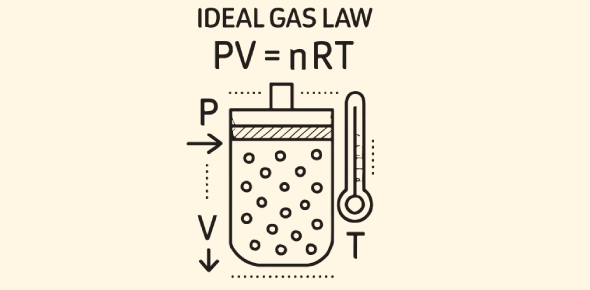Gas Laws Quiz Questions And Answers
Personalize your quiz and earn a certificate with your name on it!
Quiz Review Timeline (Updated): Sep 9, 2025 +
Our quizzes are rigorously reviewed, monitored and continuously updated by our expert board to maintain accuracy, relevance, and timeliness.
-
Current Version
-
Sep 09, 2025Quiz Edited by
ProProfs Editorial Team
Expert Reviewed by
Zohra Sattar Waxali -
Jan 23, 2009Quiz Created by
Donna Ingusan
















